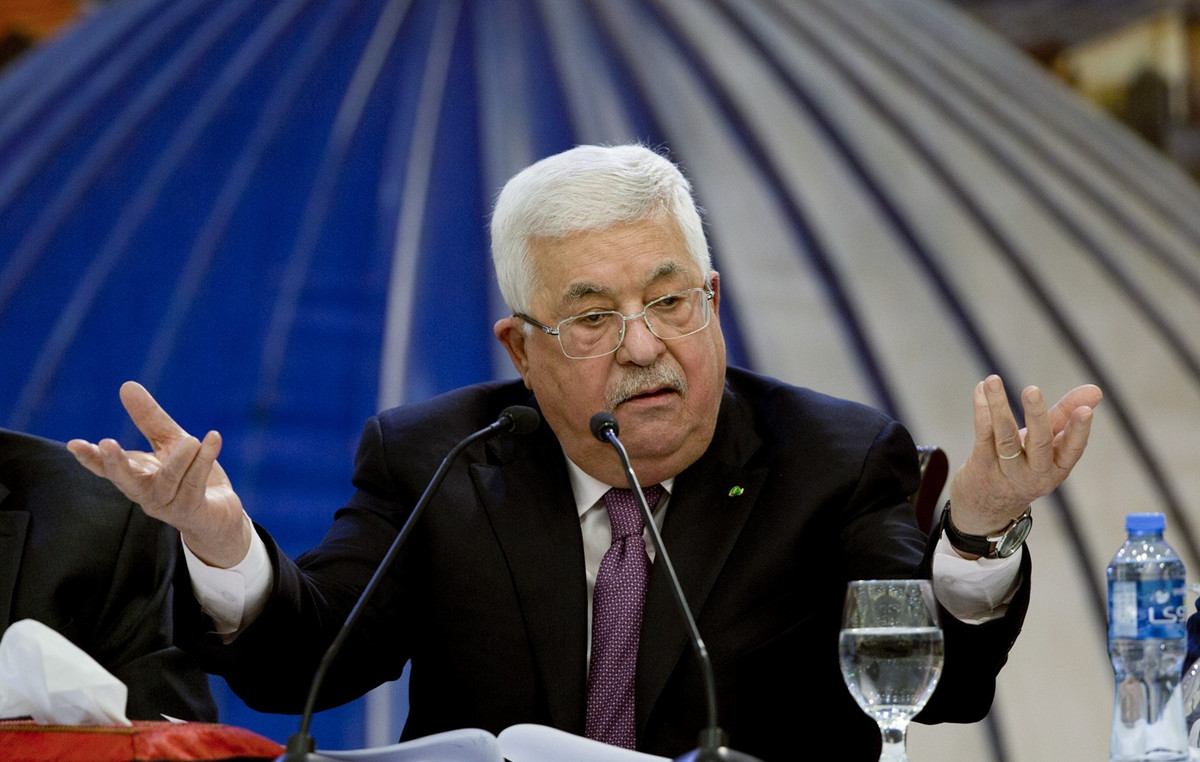The current trading week ended with a “jump” of more than 10% for the American crude and almost 12% for the European Brent, as despite the downward start of trading on Friday, both contracts closed the day with significant profits after the attack that unleashed the Houthis at an oil facility in Saudi Arabia.
Today’s meeting began with the correction of crude oil prices, as European Union countries failed to agree on a proposed ban on Russian oil imports due to their heavy dependence on supplies from the country, temporarily alleviating concerns about possible energy markets.
So far only the US and the UK have announced a ban on crude imports from Russia, a move that is estimated to affect around 900,000 barrels a day in total.
However, concerns resurfaced on Friday afternoon after reports that Yemeni Houthi rebels attacked oil giant Aramco’s oil storage facilities in the Saudi city of Jeddah.
“Reports of a blow to Saudi Aramco come at a time when the supply risk is higher than it has been for years,” Phil Flynn, senior market analyst at The Price Futures Group, told MarketWatch. supply-demand “, he added.
As he explains, the EU can not impose total sanctions on Russian oil, but the attack on an oil facility reminds traders that the Yemeni Houthi rebels have the potential to stop production in Saudi Arabia.
Amid that climate, West Texas Intermediate crude for May delivery was up $ 1.56, or 1.4%, at $ 113.90 a barrel on the New York Mercantile Exchange, extending its weekly gains to 10.5%, according to the report. with Dow Jones Market Data.
Corresponding gains were made today by the European Brent, with the May contract strengthening by $ 1.62 or 1.4% and also closing the trading at $ 120.65 per barrel, with its profits in the five days approaching 12% .
Earnings for American gas as well
Meanwhile, US gas also recorded gains, with the April contract boosting 3.2% to $ 5,571 per million thermal units, expanding its weekly gains by 15%.
A development attributed to the prospects for liquefied natural gas in the context of the agreement announced by the US and the EU for the supply of an additional 15 billion LNG meters in 2022 and a further increase in supplies in the future.
After all, as the White House announced, the long-term goal is to secure by 2030 about 50 billion cubic meters (bcm) of annual additional US LNG supplies to Europe, as part of the effort to free the continent from Russia’s energy sector. .
Source: Capital
I am Sophia william, author of World Stock Market. I have a degree in journalism from the University of Missouri and I have worked as a reporter for several news websites. I have a passion for writing and informing people about the latest news and events happening in the world. I strive to be accurate and unbiased in my reporting, and I hope to provide readers with valuable information that they can use to make informed decisions.







